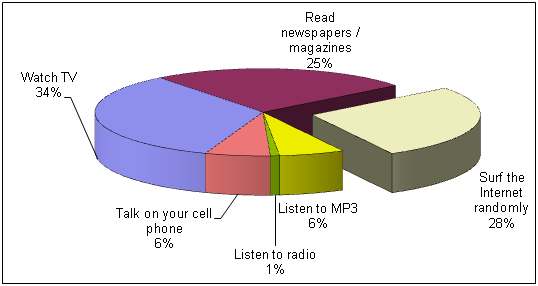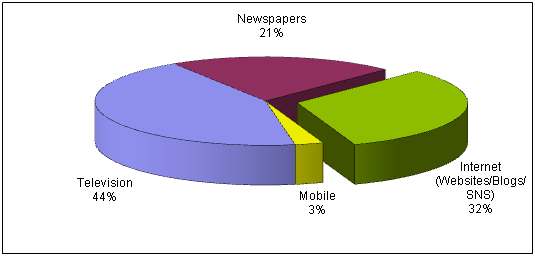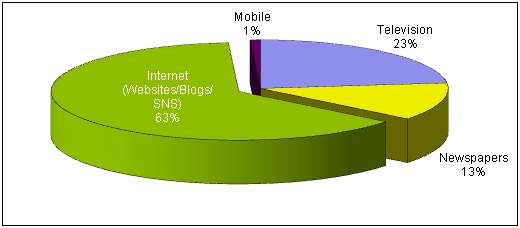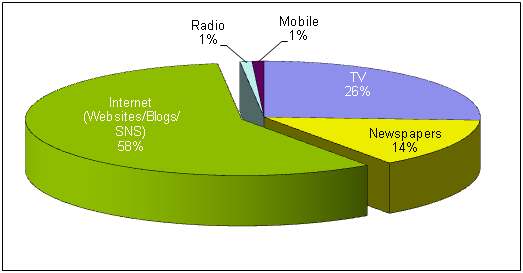I love Facebook.
There I said it. The reason I was having dilemma stating it openly was that till all this while I considered it as one more yuppie social networking site that will die a quick natural death. But I was wrong. And that only makes me happy. Having turned an entrepreneur, I have realized the kind of benefits I have reaped from its features.
So this post is to those features that each of you can use to promote your brand. Use them wisely and you will experience success whichever category your brand may be operating in. Here goes:
1. Start a Community:
As Facebook is all about networking, it is only right to start a community related to your brand. Keep the community generic in nature with the objective of adding value to people by providing them content – text or visual. Community allows people to join in and share their views. It becomes a good platform to interact and dialogue. Since all like minded people will join in, you know that all members would be your potential consumers. A word of caution here: Do not bombard them with only brand messages but try to be informative too. Community allows you to upload pictures, videos, write on walls, start discussions; basically enough opportunities to interact with people.
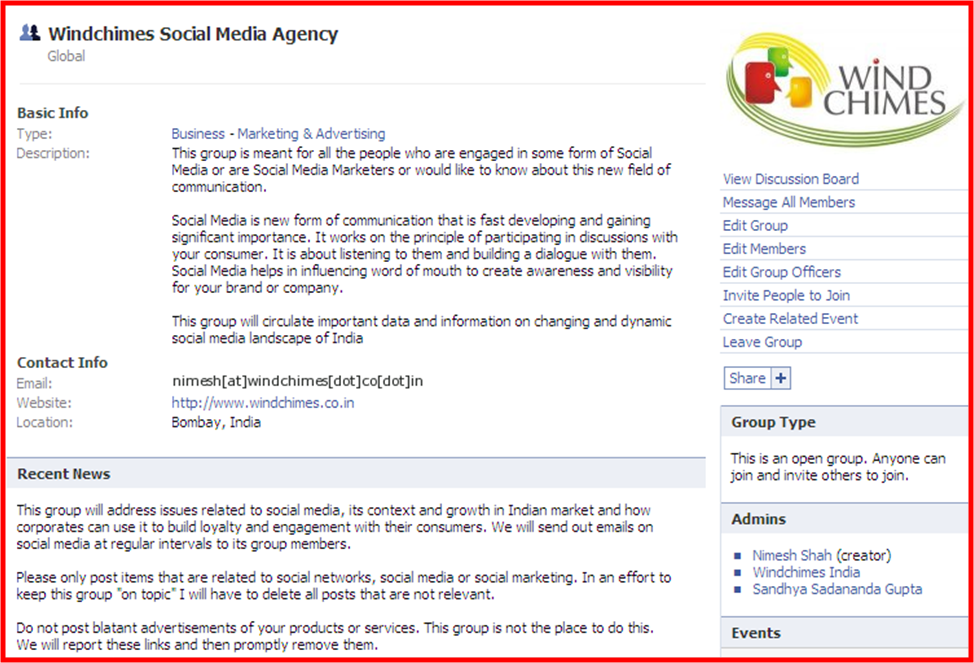
2. Profile Page:
Sections on profile page:
The profile page is the most critical and you must use it optimally. There are sections on the profile page that can carry your brand information which is easy for your friends to find. Given below are the pictures which highlight the places that can be used to guide your friends and fans to your brand website or blog.
Status Updates:
This is Facebook way of micro blogging. And they have got it right. It is one of the most used feature already. Its fun reading status updates of friends and then commenting on them. This feature should be used creatively to talk about your brand. Make it interesting, unique, creative, first ever whatever that captures eyes balls.

Status updates for announcements
Using Tabs:

Make it easy for friends to know about your brand
3. Incorporating Applications:
I have personally found several applications of great value. These should be added to your profile as well as your brand’s.
One is Simplaris blogcast:
This application automatically updates your blog feeds and publishes it in your FB account. So whenever you have added a new blog post, this app will get that feed and publish it in your profile thereby generating visibility. So all your friends would know that you have uploaded a new post without you having to tell them.
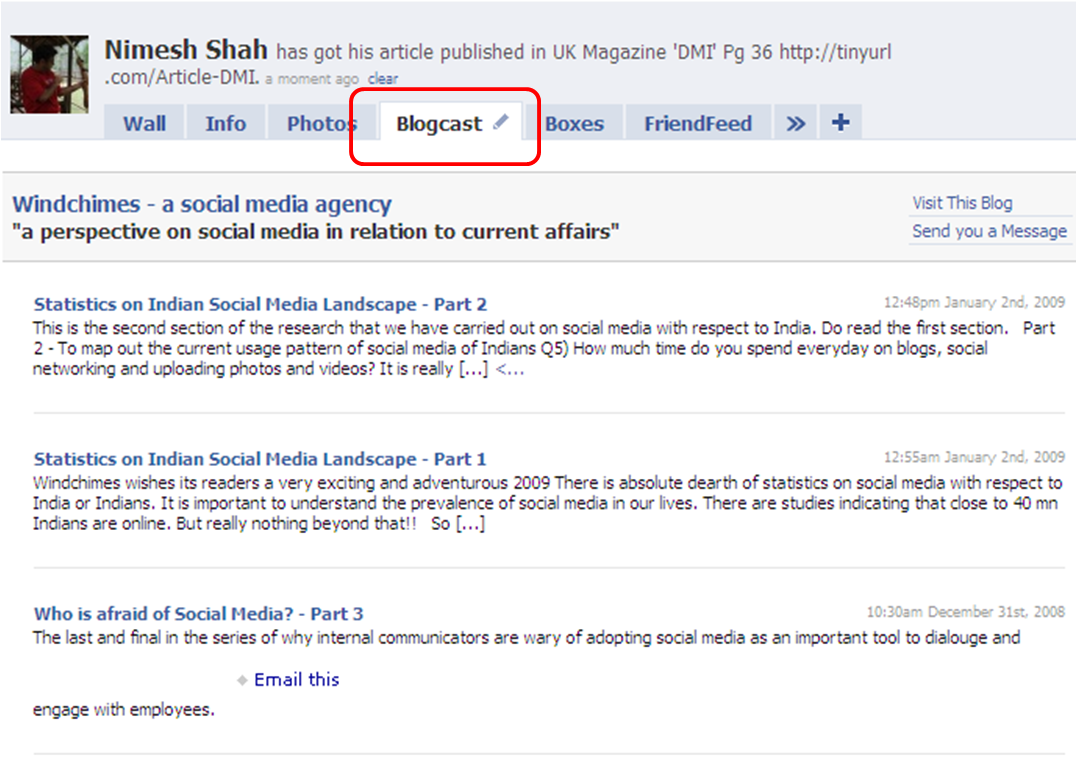
Update your friends about your new blog post thru FB feeds
Second app that I like is Web Presence: 
This app helps you in giving out all the places in the Internet where you have a presence. So this app consolidates all the presence in one box. So add on your blog address, your twitter account, Photo account on Flickr or Picassa, your videos on You Tube, your bookmarks on Delicious or Magnolia. Put it all in as this will help your fans connect with your brand on several other platforms too.
The third app is Twitter update. You can send out tweets from this app that is installed in your FB profile. This saves the trouble of login to Twitter separately. You can use twitter app and FB status updates as announcement platforms.
4. Creating Brand Page:
Facebook allows you to create a brand page where all the details about the brand can be added. This is more direct approach of brands connecting with people. Users can become fans of your brands thereby becoming loal ambassadors. The wonderful aspect is that fans can comment on the brand, its features and its advertisements. There are other features like Wall and Discussion Board where the conversations and discussions between the brand and users and even among users can be carried out. The fan page can be used by the brand to announce its on-ground events, invite users to participate in contests or update on new variant launches.
I recently become fan of Phantom sweet cigarettes that I enjoyed immensely as a kid. It was very nostalgic to find its brand page and I immediately signed on to become its fan. Now I get regular updates on what is the company planning as its new launch and I quite look forward to it!!

Fan page of Phantom Sweet Cigarettes
The golden rule that applies to all the above points is that the brand must be alive on FB. It must be updated regularly. There must be one person to accept and listen to user’s feedback on fan pages and communities. The action of each user should be acknowledged which makes the community active and ensure participation at all times.






